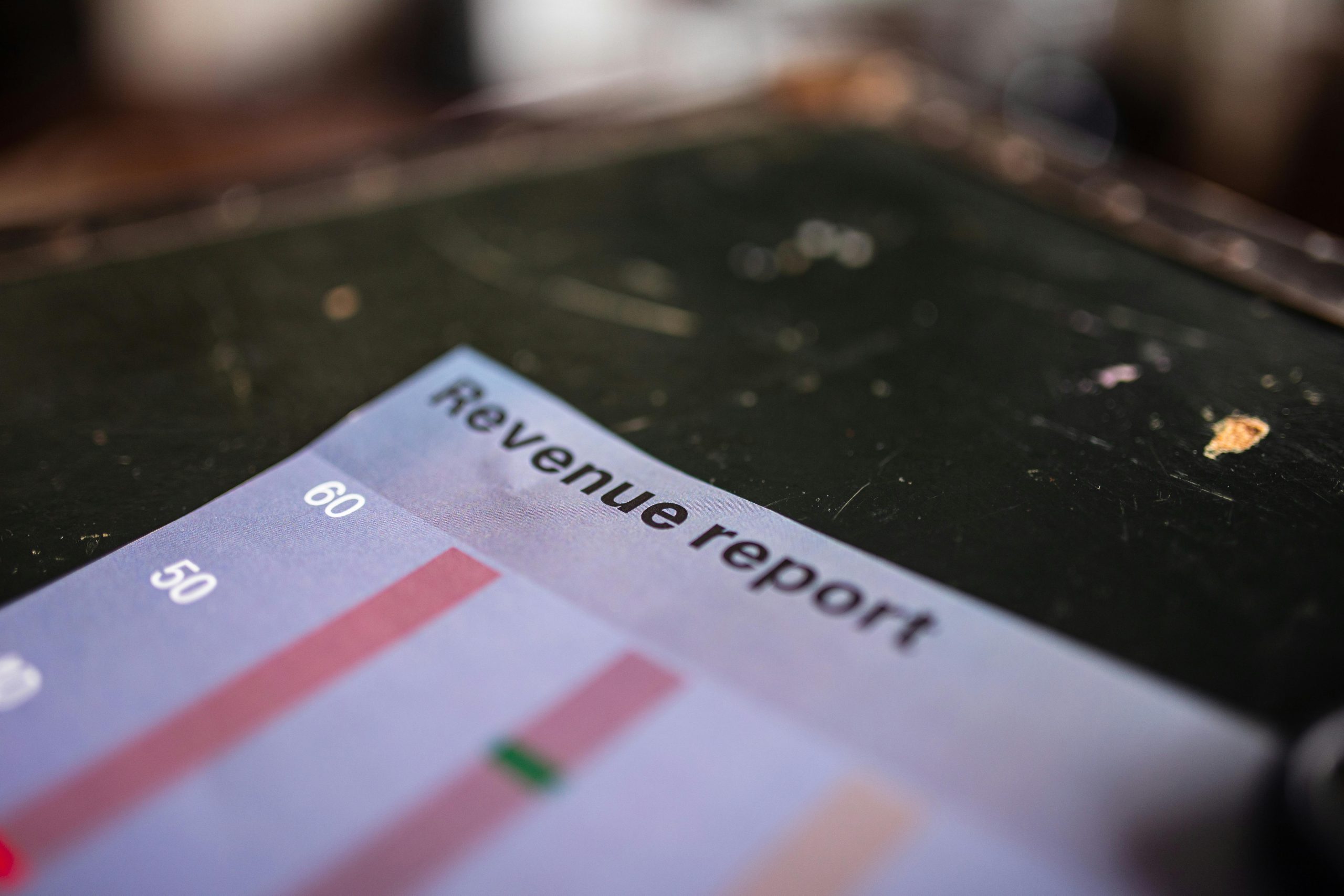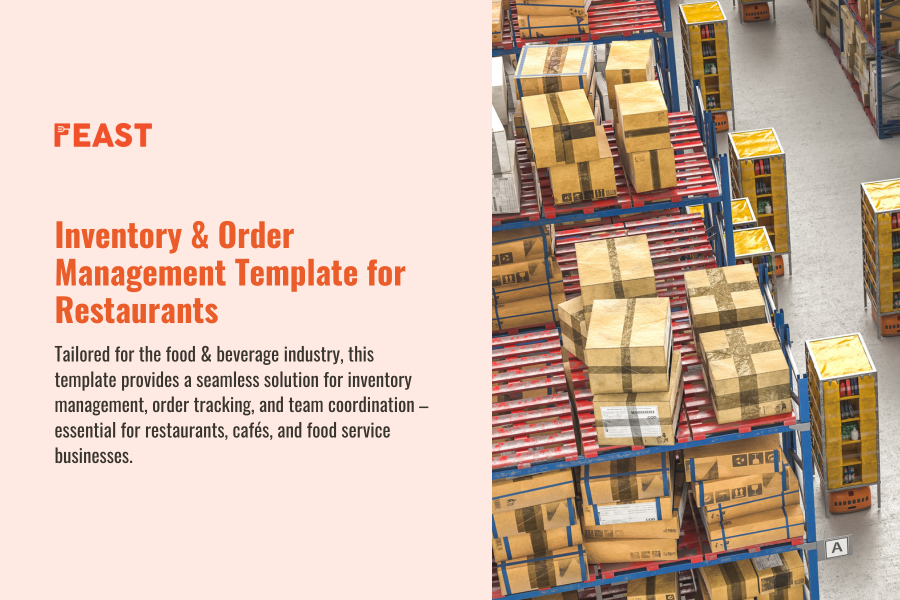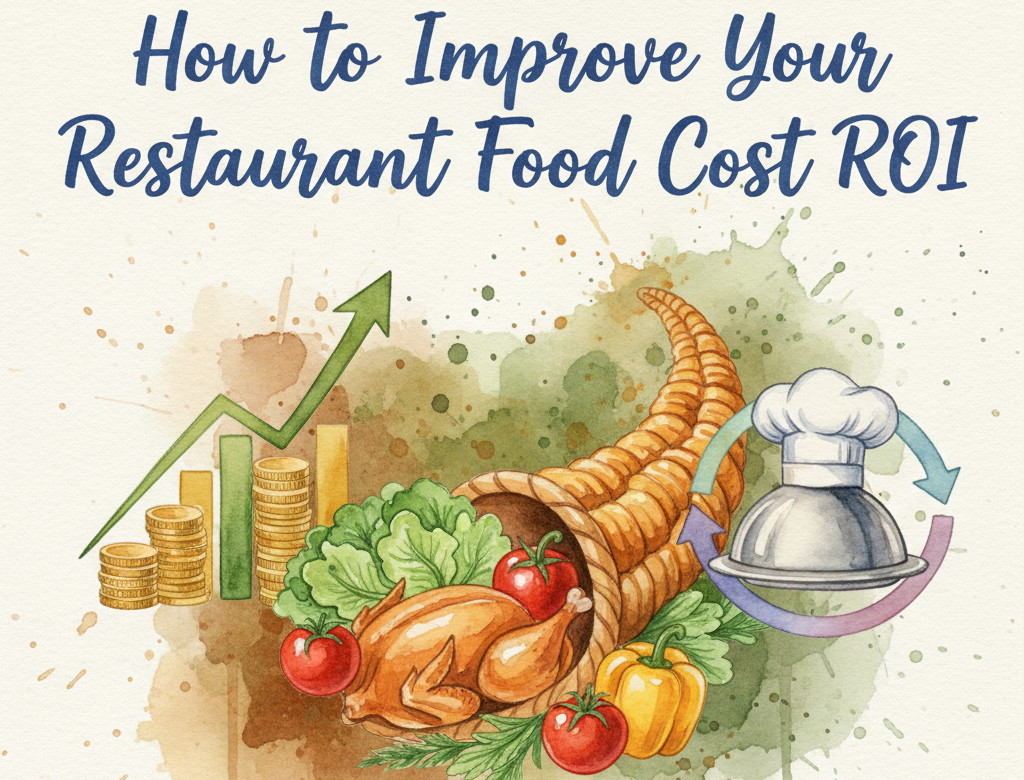When you serve good food and get customers daily, you may feel things are going well. But do you know how much money you’re making? Do you know if your kitchen is making a profit or just covering costs? That’s where restaurant revenue management comes in.
You may have heard this term before, but it’s not just for hotels or big brands. It’s something you can start using today, whether you’ve just started your food business or have been running it for years.
What Is Restaurant Revenue Management?
Revenue management in restaurants means using your resources in the best way to increase your income and reduce wastage. It’s not just about charging more. It’s about selling the right menu items, at the right time, to the right people, for the right price.
This includes planning how many tables you need, how to schedule staff, how to price your dishes, and how to avoid food wastage. It’s all connected to how much money you can make daily, weekly, and monthly.
How Can You Calculate Revenue for Your Restaurant?
To calculate your restaurant revenue, you start with a simple formula:
Total Revenue = Total Sales – Discounts or Returns
Let’s say in a day, you sell RM 1,500 worth of food and give RM 100 in discounts or returns. Then your revenue for that day is RM 1,400.
But that’s not the full picture. You also need to see your profit. For that, subtract your costs (ingredients, rent, salaries, etc.) from your revenue.
Profit = Revenue – Costs
Without tracking these numbers daily or weekly, it’s hard to know if you’re actually making money or just breaking even. That’s where a good system like EasyEat helps.
12 Effective Strategies for Restaurant Revenue Management
To manage your revenue well, you don’t need a finance degree. You just need to be smart about how you plan and use tools that give you the right data. Let’s look at 12 practical strategies:
1. Track Sales Daily
Start by checking your daily sales. Use systems that give you End-of-Day Reports. This report shows you how much food was sold, which dishes were most popular, and what time most people ordered. With EasyEat, you can view this daily without manual work.
2. Reduce Food Wastage
Wastage eats your profit. If you don’t track how much of your stock goes to waste, your revenue will suffer. Use a POS system that helps you track inventory and alerts you when stock is low or expiring.
3. Create Smart Menus
Use your sales data to create better menus. If a dish doesn’t sell much but uses expensive ingredients, consider removing it. Highlight popular dishes and give you better margins.
4. Offer Limited-Time Promotions
Promotions can increase orders during slow times. But they should be planned. EasyEat lets you set and track these promotions and see which ones bring more money in.
5. Train Staff to Upsell
Teach your team to suggest add-ons like drinks, desserts, or side dishes. This increases your average order value, which means higher revenue without needing more customers. EasyEat can help here with its AI-based recommendation feature that can suggest the customers to order more to increase your average order value.
6. Use Data to Choose the Right Hours
Do you know your peak hours? Or slow days? Use data to decide when to open or close, or when to give special offers. EasyEat reports show you your busiest hours and days.
7. Set the Right Prices
Don’t price based on guesswork. Use recipe costing to calculate what each dish costs you, then add your margin. This ensures you’re not undercharging.
8. Reduce Order Errors
Manual errors can cost you a lot in the long run. When waiters write the wrong orders, food gets wasted, and customers are unhappy. With EasyEat, your staff can use digital menus to take error-free orders.
9. Manage Staff Schedules
If you have too many staff during quiet hours, you’re wasting money. Use sales reports to match staffing with busy times.
10. Monitor Customer Feedback
Customer complaints or low ratings can affect repeat orders. Use a POS that helps you track customer reviews and fix issues quickly.
11. Build Loyalty
Keep your regulars happy with discounts, birthday offers, or a loyalty programme. It’s cheaper to keep a customer than to get a new one.
12. Check Profit and Loss Regularly
Use tools like EasyEat’s Profit and Loss Report to see how much money you are making. This report breaks down your income, costs, and net profit in RM, so you can make better decisions.
How EasyEat Helps in Restaurant Revenue Management
EasyEat is not just a POS system. It’s a full restaurant revenue management tool that gives you all the important reports you need to track your business daily. Here’s what you get:
End-of-Day Reports that show sales, peak hours, peak days, popular dishes, and customer orders.
Profit and Loss Reports that show what you earn, what you spend, and how much profit you make.
Inventory Reports to help reduce food wastage and stop theft.
Promotion Reports, so you know which offers are working and which are not.
And the best part? All these reports are in simple formats and are easy to read. You don’t need to be a finance expert to understand them.
According to a report by Statista, the Malaysian foodservice market is projected to reach RM 128.68 billion by 2029. But with this growth, the cost of ingredients, labour, and rent is also rising. That’s why revenue management is more important than ever.
[Source: Statista Malaysia Foodservice Market Outlook 2024–2029]
FAQs
If you want to grow your food business in Malaysia and earn more without guesswork, start using a smart system that gives you control over your numbers. With EasyEat, managing revenue becomes simple and stress-free.






